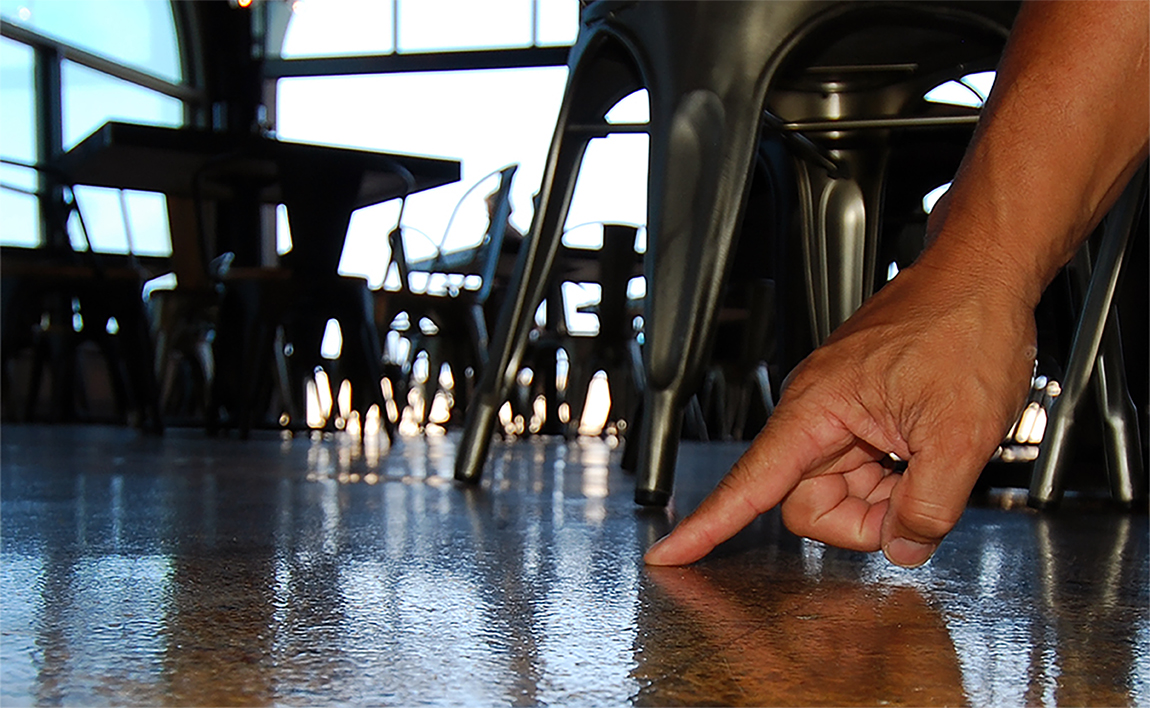Slips and falls can pose significant risks in restaurant environments, where spills and foot traffic are common occurrences. Ensuring the safety of customers and staff is paramount, making the choice of flooring material a crucial decision for restaurant owners. In this comprehensive guide, we’ll delve into the world of slip-resistant flooring, exploring its importance, types, installation process, benefits, maintenance, and much more, including slip resistant floor finish.
Introduction
Slip-resistant flooring plays a vital role in maintaining a safe environment within restaurants. With the hustle and bustle of daily operations, the risk of accidents due to slippery surfaces is ever-present. Whether it’s a spilled drink or a wet floor from cleaning, the consequences of a slip or fall can be severe, leading to injuries and potential legal liabilities.
Understanding Slip Resistance
Slip resistance is influenced by various factors, including the texture, material composition, and surface finish of the flooring. A slip-resistant floor typically features textures or patterns that increase traction, reducing the likelihood of slipping, even when wet. Understanding the mechanisms behind slip resistance is essential for selecting the most suitable flooring option for a restaurant setting.
Types of Slip-Resistant Flooring
- Rubber Flooring: Known for its excellent slip resistance and shock absorption properties, rubber flooring is a popular choice for restaurants.
- Vinyl Flooring: Vinyl offers a diverse range of slip-resistant options, including luxury vinyl tiles (LVT) and vinyl plank flooring, suitable for different restaurant areas.
- Epoxy Flooring: Epoxy coatings provide a durable and slip-resistant surface ideal for kitchen and food preparation areas.
- Ceramic Tiles: Textured ceramic tiles with anti-slip finishes offer both functionality and aesthetic appeal for restaurant floors.
Choosing the Right Slip-Resistant Flooring
Selecting the appropriate flooring material involves considering factors such as the restaurant’s layout, foot traffic intensity, and budget constraints. Conducting a thorough assessment of these factors will help in making an informed decision that aligns with the restaurant’s specific needs.
Installation Process
Proper installation is crucial for maximizing the effectiveness of slip-resistant flooring. It begins with preparing the subfloor to ensure a level and stable base, followed by the application of the chosen flooring material using recommended techniques and adhesives.
Benefits of Slip-Resistant Flooring
Investing in slip-resistant flooring offers several advantages beyond safety, including enhanced durability, improved aesthetic appeal, and reduced maintenance costs over time. By prioritizing safety, restaurant owners can create a welcoming environment that instills confidence in both customers and staff.
Maintenance Tips
Regular maintenance is essential for preserving the slip-resistant properties of flooring materials. Implementing routine cleaning procedures and promptly addressing any damages or wear and tear can prolong the lifespan of the flooring and maintain its safety benefits.
Case Studies
Examining real-life examples of restaurants that have successfully implemented slip-resistant flooring can provide valuable insights and inspiration for others considering similar upgrades.
Regulations and Compliance
Restaurant owners must adhere to industry standards and regulations regarding flooring safety to ensure compliance and mitigate potential legal risks. Understanding these requirements is essential when selecting and installing slip-resistant flooring.
Cost Considerations
While the initial investment in slip-resistant flooring may seem substantial, it’s essential to consider the long-term savings and benefits it offers in terms of safety, durability, and reputation management.
Customer Satisfaction and Reputation
Creating a safe and comfortable dining environment enhances customer satisfaction and contributes to a positive reputation for the restaurant. Investing in slip-resistant flooring demonstrates a commitment to safety and professionalism, earning trust and loyalty from patrons.
Conclusion
Slip-resistant flooring is a critical component of restaurant safety and overall operational efficiency. By understanding the importance of slip resistance, exploring different flooring options, and implementing proper installation and maintenance practices, restaurant owners can create a secure and inviting environment for their customers and staff.
